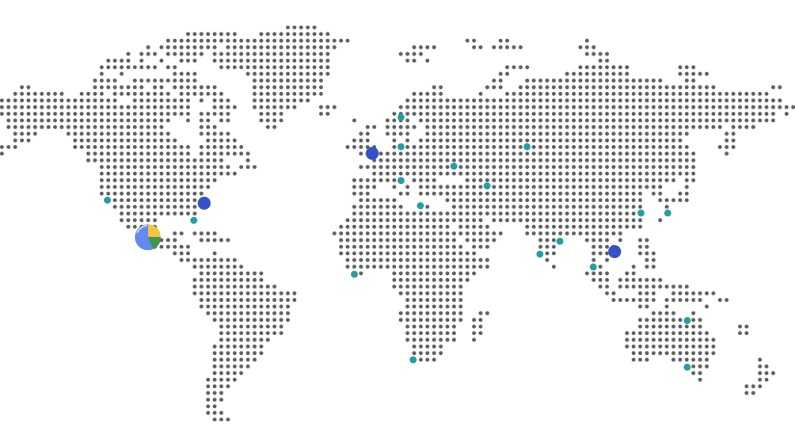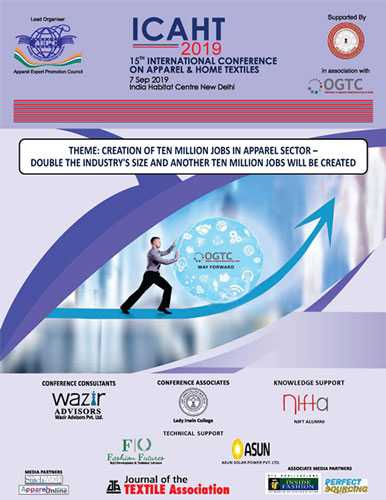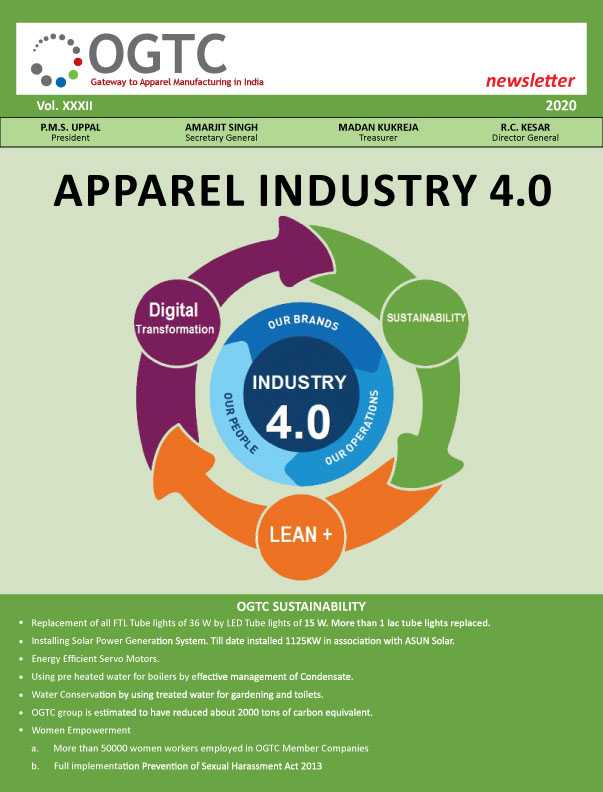
Solutions
International Taxation
Audit & Assurance
Corporate and Transactional Advisory
Global Capability Centres (GCC’s)
Achieve clarity, confidence, and control.
Get expert financial guidance and tailored solutions that drive growth.
Get a Free Consultation
Industries
Business Size
Fuel your business potential with trusted advice.
We’re here to simplify your finances and fuel your growth.
Resources
Company
International Desk













.webp)

.webp)

.jpg)

.webp)
.webp)
.webp)










.png)
.png)
.png)
.png)
.png)
.png)







.svg)

















